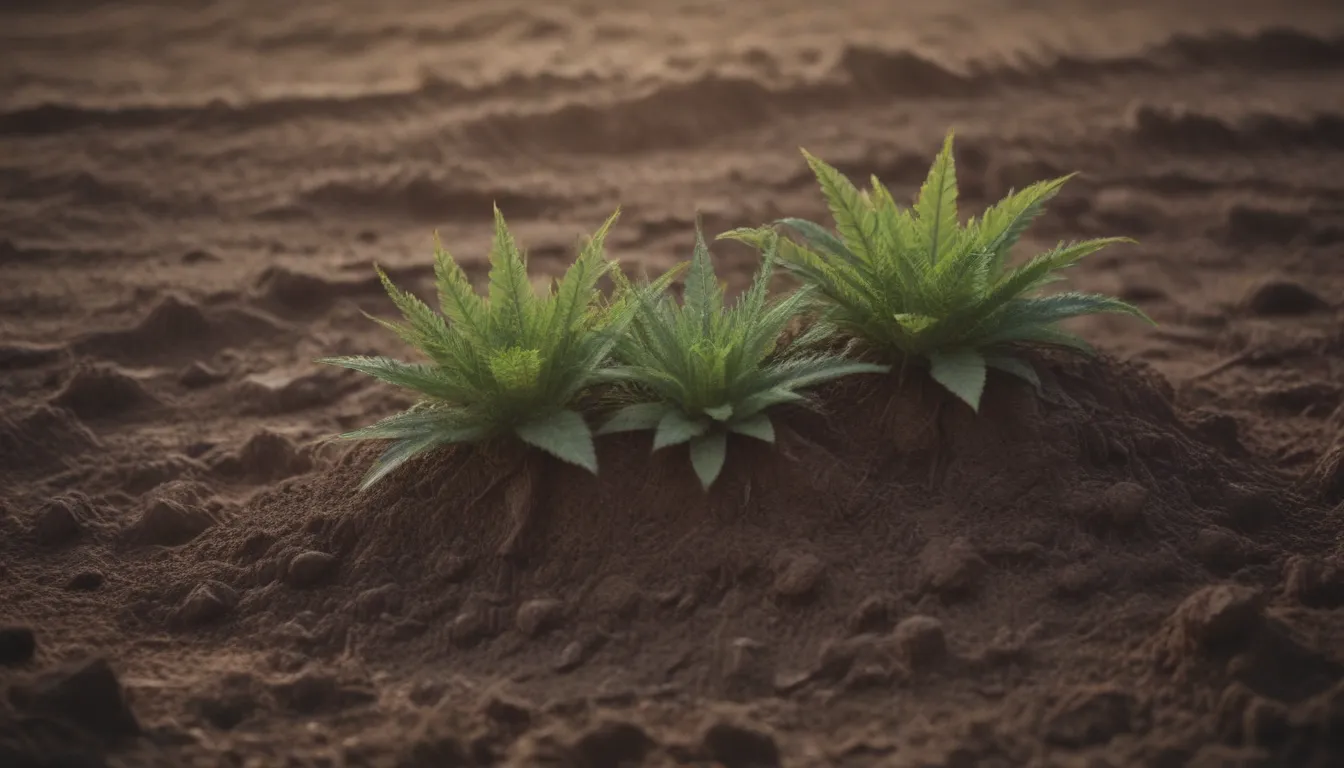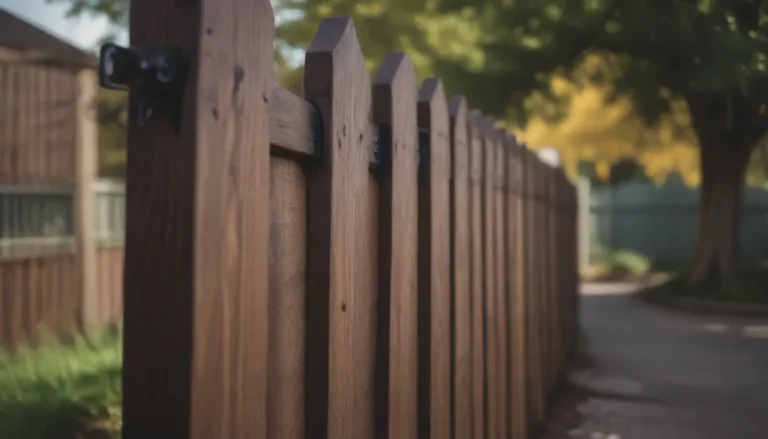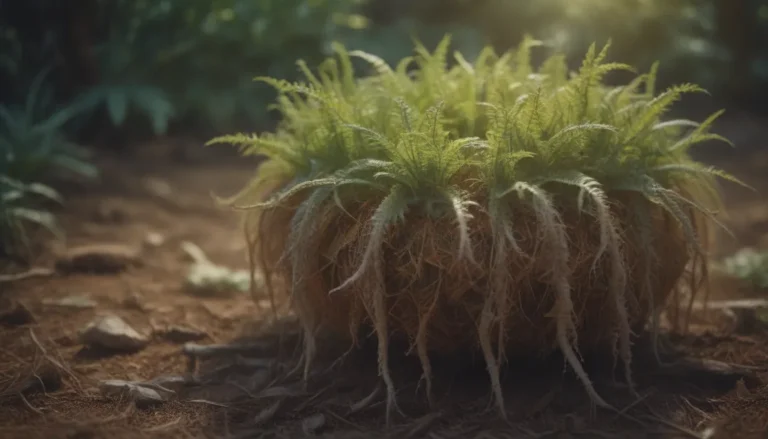Understanding Acidic Soil: Everything You Need to Know

If you’re a gardener or plant enthusiast, you may have heard the term “acidic soil” thrown around. But what exactly is it, and why does it matter? In this comprehensive guide, we’ll delve into the world of acidic soil, exploring what it is, what causes it, and how you can determine if your soil needs a pH adjustment.
What is Acidic Soil?
Acidic soil, often described as “sour,” is soil that has a pH level of less than 6.5. A pH reading of 5.5 or lower indicates that the soil is very acidic, while readings above 7.5 suggest alkalinity. Neutral soil has a pH of 7. Plants rely on a balanced pH level in the soil to absorb essential nutrients for healthy growth. When soil becomes too acidic, certain minerals become less available, affecting plant health and growth.
Causes of Acidic Soil
There are several factors that can contribute to soil acidity. Understanding these causes can help you better manage your garden’s soil health:
- Chemical Fertilizers: Overuse of chemical fertilizers can lead to soil acidification over time.
- Heavy Rainfall: Excessive moisture can leach nutrients from the soil, increasing acidity.
- Organic Matter: Decomposing organic matter can release acidic compounds into the soil, contributing to acidity.
While there is some debate over the impact of mulch on soil pH, certain types like pine needles and oak leaves are believed to have acidifying properties.
How to Test Your Soil
Regularly testing your soil’s pH level is essential for maintaining healthy plants. You can either send a soil sample to a local extension office or use a DIY test kit available at home improvement stores. Researching the pH preferences of your plants can also help you understand their specific needs.
Adjusting Soil Acidity
If your soil tests indicate a need for pH adjustment, there are steps you can take to amend the acidity level:
Raising Soil Acidity
- For acid-loving plants, lower the soil’s pH by using fertilizers containing ammonium-N.
- Consider using specialized fertilizers for plants like azaleas and blueberries that thrive in acidic conditions.
Lowering Soil Acidity
- To raise pH levels, apply garden lime to neutralize acidity.
- Regular applications of lime can help balance soil pH and benefit plants that prefer alkaline conditions.
By adjusting soil acidity, you can create an optimal environment for your plants to thrive.
Choosing Plants for Acidic or Alkaline Soil
Certain plants flourish in acidic or alkaline environments. Consider these options for your garden:
Acid-Loving Plants:
- Blueberries
- Azaleas
- Rhododendrons
Alkaline-Loving Plants:
- Lavender
- Lilacs
- Yarrow
Understanding the pH preferences of your plants can help you create a harmonious garden ecosystem.
In conclusion, maintaining the right soil pH is crucial for plant health and growth. By testing your soil regularly, adjusting acidity levels as needed, and selecting plants that thrive in your soil type, you can create a vibrant and flourishing garden. Happy gardening!





